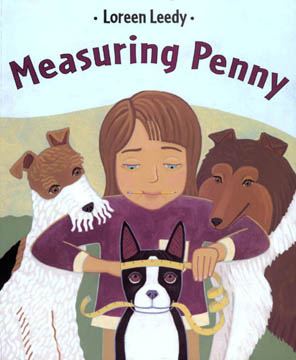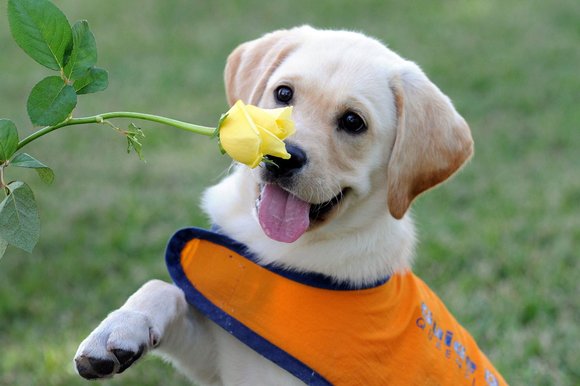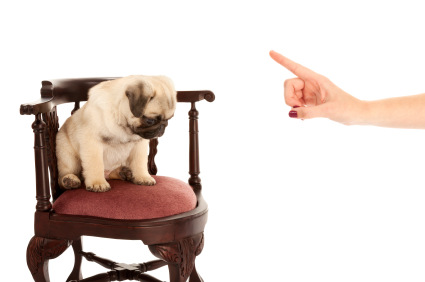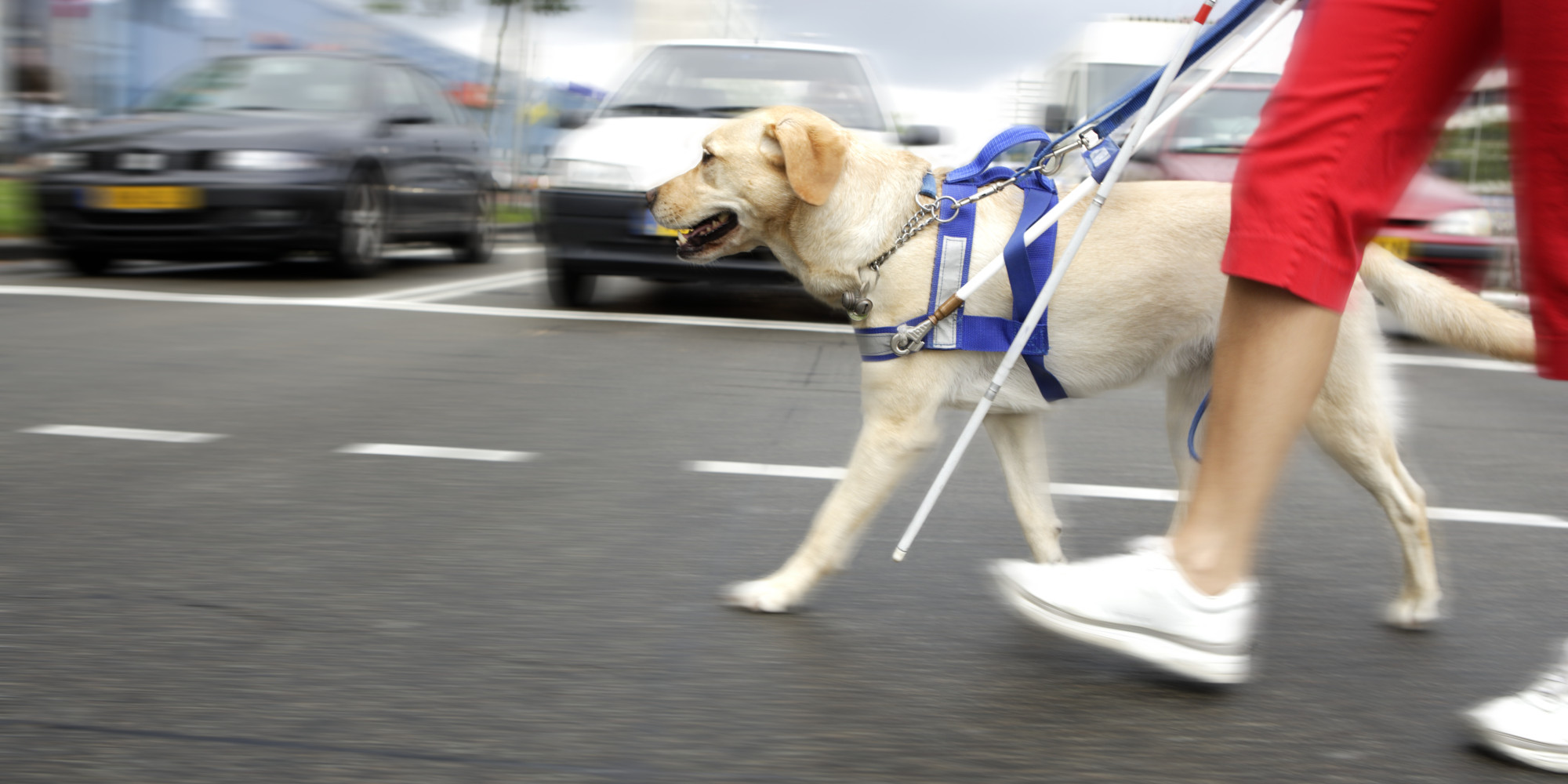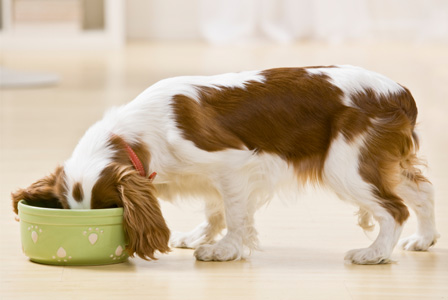Animal Friends
Owning a pet is a big responsibility, whether it is a tiny little goldfish or a giant Saint Bernard.
Pets enrich our lives and are like members of our family, but before you get a pet you need to map out a plan for taking care of them. And, while pets and working dogs have many of the same needs, there are major differences between them. If you are thinking about bringing a guide dog into your life, see our section all about guide dogs.
Map Out a Plan
Whether you have a cat, dog, hamster, rabbit, fish, or bird, there are plenty of chores involved in owning them. All pets need shelter, water, food, grooming, exercise, and love — and all pets need to be cleaned up after when they make messes. Some pet chores need to be done every single day and some only need to be done once a week. Some can be done all by yourself and some need to be done with an adult.
In Measuring Penny, Lisa records how much time it takes to take care of her dog, Penny. Look at the list below and estimate how much time it takes each week to do each chore for the pets listed. If you aren't sure, ask your teacher or parent, or ask a friend who already has a pet!
After you've finished, answer the following questions:
- Which pet takes the most time to care for?
- Which pet takes the least time to care for?
- How would the times change if the pets were older or younger?
- How would the times change if the pets were larger or smaller?
Dog | Cat | Hamster | |
Daily Pet Chores
| |||
Washing food & water bowls
| |||
Filling food & water bowls
| |||
Cleaning the litter box or picking up messes
| |||
Taking for a walk
| |||
Playing with
| |||
Picking up & putting away pet toys
| |||
Petting & giving affection
| |||
Weekly Pet Chores
| |||
Cleaning the cage, tank, or sleeping area
| |||
Brushing & grooming
| |||
Bathing
|
Dog and Cat Facts
If you get a pet, you will learn a lot about them: what foods they can and can't eat; how many hours a day they sleep; how much exercise they need every day; what they like to do for fun; and much more!
Look at the interesting facts about cats and dogs below and see if you can answer the following questions:
- A higher percentage of households have dogs than cats, but there are more cats in the U.S. than dogs. How can this be?
- Who has a stronger sense of smell, a dog or a cat?
- Why do you think dogs are called "Man's Best Friend?"
- Which do you think are more popular, large dogs or small dogs?
There are 70-80 million dogs in the United States and 74-96 million cats (Source: ASPCA).
44% of households have a dog and 35% of households have a cat (Source: American Pet Products Association, 2015-2016).
A dog's nose has 4 times as many scent cells as a cat and 14 times as many as a human (Source: North Shore Animal League).
It is generally agreed that dogs were one of the first animals domesticated by humans and that all dog breeds are direct descendants of wolves.
Cats only meow to humans, not to other cats, and they use their whiskers to feel if a space is big enough for them to squeeze through (Source: North Shore Animal League).
90% of pet owners think of their pets as members of the family and 50% of pet owners give their dog or cat a present at Christmas (Source: healthypets.mercola.com).
Over 50 dogs have lived in the White House (Source: The Dog Fact Information Center).
The 5 favorite dog breeds in the United States are the Labrador Retriever, the Golden Retriever, the German Shepherd, the Beagle, and the Dachshund (Source: MSPCA Angell).
The noses of dogs and cats are unique, just like human fingerprints (Source: more.com)
April 11th is National Pet Day!
Is a Guide Dog Right for Me?
You should explore getting a guide dog if:
- You are a good cane user and traveler in general. Remember, dogs don't tell you where to go, so you need to have great travel skills before bringing a dog into your life.
- You are willing to take on the responsibilities that come with owning and working with a dog.
- You like dogs!
You should not get a guide dog just because:
- A friend or relative tells you a dog would be wonderful for you.
- You want a pet. A guide dog is a working dog and should work with you almost every day. A pet is something different, and if what you want is a pet then you should get a pet instead!
- You think a dog will help solve all of the problems you have traveling. Dogs might help with some parts of travel, but you are still the leader of the team. So get some great travel training, and then decide whether a dog is right for you.
What Does a Guide Dog Do?
A human and guide dog work as a team. They BOTH have important jobs to do!
Your job:
- Feed your dog
- Groom your dog
- Make sure your dog is polite in public
- Give your dog directions to the places you want to go
Your guide dog's job:
- Keep you safe by stopping at street corners
- Take you around obstacles
- Stop at the top or bottom of stairs
This activity was created by Kesel Wilson and Melissa Riccobono for Great Expectations.



